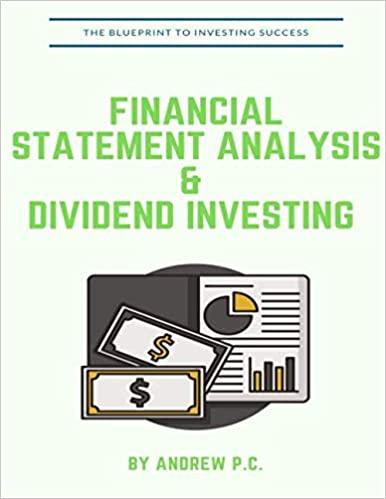Answered step by step
Verified Expert Solution
Question
1 Approved Answer
How could the analysis and recommendation be improved?JAKE Investment Management, LLC: Investment and Spending Policy ReviewClient: Braeburn UniversityDate: January, 2 0 1 8 Summary of
How could the analysis and recommendation be improved?JAKE Investment Management, LLC: Investment and Spending Policy ReviewClient: Braeburn UniversityDate: January, Summary of Situation Braeburn University retains an endowment of $ million, invested percent in equities. The endowment provides a percent payout based on year average market value to the school, whose annual expense budget is $ million.Objective:Identify optimal investment allocation and spending policy.Key goal may be to grow endowment sufficient to generate income equal to percent of annual expenses.Fund will grow in nominal returns.Expenses will grow with inflation.Investment policy should also minimize:Volatility of income.Risk of missing target asset level.ObservationsThe size of the endowment, while large in dollar terms, is small compared to the size of the school; percent of the endowment represents not much more than percent of the school's annual budget.Large universities exhibit endowments ranging up to $ billion.Once the endowment grows to $ billion, the percent withdrawal will represent percent of annual expenses in current dollars.The current percent spending policy is conservative.Lower spending rate will support higher endowment growth.University spending rates commonly range up to percent.A percent spending policy would represent percent of current expenses.The full equity allocation with a value bias may be designed for longterm appreciation, but may be unnecessarily undiversified. The chart below, based on threeyear cumulative returns between and illustrates that year returns for a percent equity portfolio vary from percent to percent, even when it is diversified among largecap US stocks smallcap US stocks and nonUS stocks Graph displaying a fluctuating curve for year cumulative return for equity allocation from to As an alternative, spending policy could be structured with a minimum spending need, with surplus funds available for flexible initiatives, thereby reducing volatility of endowment funding for ongoing expenses.Recommended Asset AllocationGoal: Grow endowment to meet percent of annual expenses over year period.Inflation has averaged percent between and The commonly used equitybond benchmark has averaged percent.To meet goal, if expenses grow at percent and endowment value grows at percent real return of percent university will need: years if retain percent distribution rule years if adopt percent distribution rule years if retain percent distribution rule but postpone all withdrawals for years.Graph displaying ascending curves for of expenses solid and withdrawal dashed from to years from now.Risk: Limit risk of losing more than percent of endowment over year period.Asset Allocation Optimization Guidelines JAKE Investment Management has defined a multistep asset allocation optimization process, including the following:Diversify among multiple asset classes.Set maximum weight of percent in any one class.Maximize return.Minimize risk of significant negative returns.
Step by Step Solution
There are 3 Steps involved in it
Step: 1

Get Instant Access to Expert-Tailored Solutions
See step-by-step solutions with expert insights and AI powered tools for academic success
Step: 2

Step: 3

Ace Your Homework with AI
Get the answers you need in no time with our AI-driven, step-by-step assistance
Get Started


